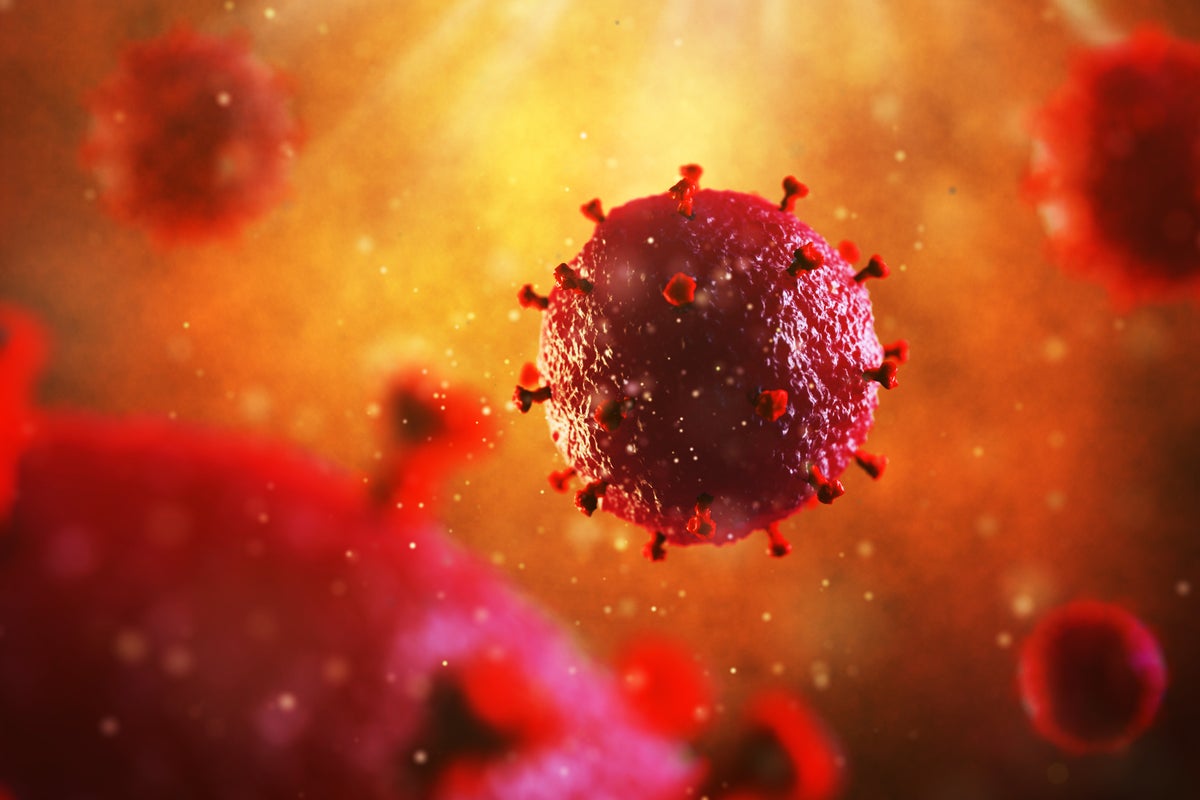
Scientists have found a breakthrough in the search for a cure for HIV, after research uncovered a development “previously thought impossible”.
HIV can ‘hide’ itself in white blood cells, meaning the immune system and treatment drugs are unable to find and tackle them.
However, researchers at the Peter Doherty Institute for Infection and Immunity in Melbourne have now found a way to force the virus out of some human cells it was hiding within.
This could potentially allow the immune system or drugs to identify the virus and clear it, meaning researchers are one step closer to a cure.
Dr Paula Cevaal, research fellow at the Doherty Institute and co-first author of the study published in Nature Communications, told The Guardian that delivering mRNA to the cells was “previously thought impossible”, as they did not take up the LNPs used to carry it.
But the team then developed a new type of lipid nanoparticles (LNP), which allowed mRNA technology to be delivered to the blood cells. The mRNA then instructs the cells to reveal the virus.
She told the paper that the team initially thought the results were “too good to be true”, adding that they hoped the new nanoparticle design could be a “new pathway to an HIV cure”.

“We sent her back into the lab to repeat it, and she came back the next week with results that were equally good,” she said.
“So we had to believe it. And of course, since then, we’ve repeated it many, many, many more times.
“We were overwhelmed by how [much of a] night and day difference it was – from not working before, and then all of a sudden it was working. And all of us were just sitting gasping like, ‘wow’.”
She added: “In the field of biomedicine, many things eventually don’t make it into the clinic – that is the unfortunate truth; I don’t want to paint a prettier picture than what is the reality,
“But in terms of specifically the field of HIV cure, we have never seen anything close to as good as what we are seeing, in terms of how well we are able to reveal this virus.
“So from that point of view, we’re very hopeful that we are also able to see this type of response in an animal, and that we could eventually do this in humans.”
The study was done using cells donated by HIV patients. More research will now have to be done to see if the steps taken to reveal the virus will result in the body’s immune system will be able to tackle it.
It will likely take years of further safety testing before the new discovery could be used in human trials.
Martin Lewis’s charity warns Starmer’s PIP disability cuts will be ‘catastrophic’
Millions of doses of breakthrough HIV jab at risk over Trump’s aid cuts
Join scientists as they drive into hailstorms to study the costly weather extreme
Pregnancy warning to women taking Ozempic and Mounjaro after ‘baby boom’
Women less likely to get life-saving care for deadly heart condition







